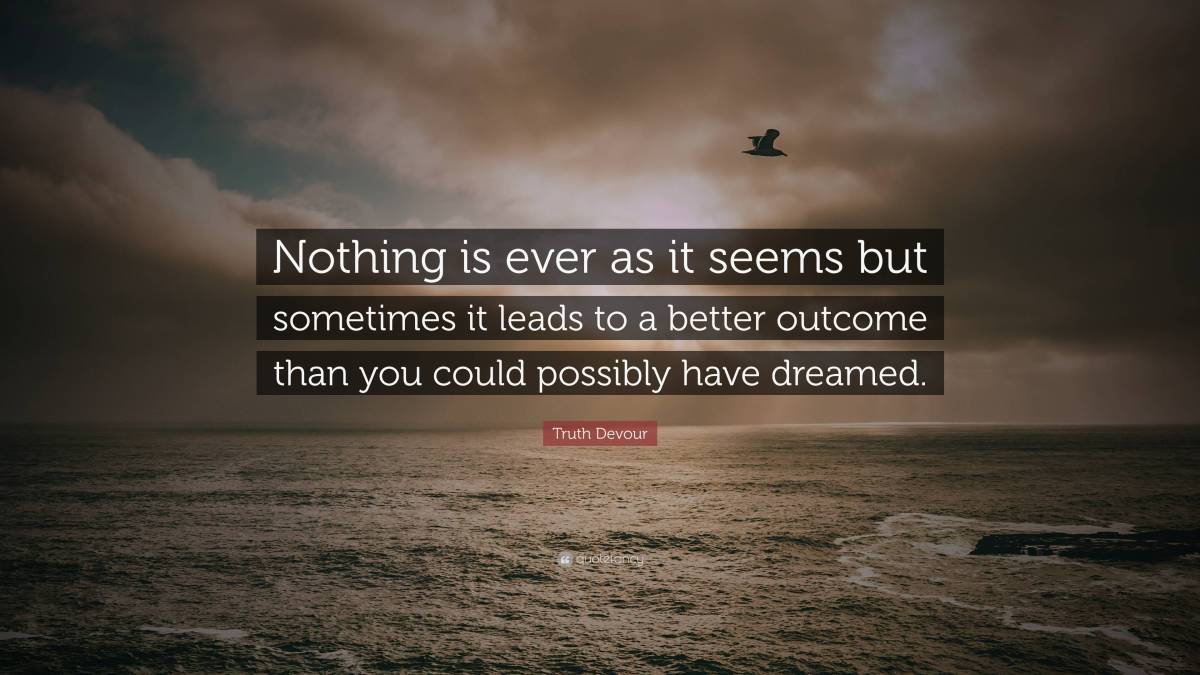I am happy – Antonin Kinsky could not have dreamed of a better. This exploration delves into the life and art of Antonin Kinsky, contrasting his potential experiences with the seemingly simple statement, “I am happy.” We’ll examine the multifaceted nature of happiness, exploring its cultural interpretations and individual nuances. By analyzing Kinsky’s life and work, we aim to understand how his circumstances might have shaped his perception of a fulfilling life, and whether his artistic expression reflects a sense of contentment or a yearning for something more.
We’ll even consider what constitutes a “better” life, drawing on philosophical perspectives and historical examples.
The journey will involve a detailed examination of Kinsky’s biography, a critical analysis of his artistic style, and a thoughtful comparison of his emotional landscape with the idealized notion of unwavering happiness. We’ll construct a fictional narrative to illustrate a potential moment of unhappiness in his life, further enriching our understanding of his emotional complexity. The project culminates in a visual representation contrasting Kinsky’s potential experiences with the joyous declaration, “I am happy,” providing a compelling synthesis of biographical analysis, artistic interpretation, and philosophical reflection.
Antonin Kinsky: A Life Examined Through the Prism of “I am Happy”

This article explores the life and work of Antonin Kinsky, a relatively obscure figure whose existence, were we to know it fully, might offer a fascinating counterpoint to the seemingly simple declaration, “I am happy.” We will examine his life, his art, and the complexities of defining happiness itself, ultimately contrasting his potential experiences with the idealized notion of a life “better” than he could have dreamed.
Antonin Kinsky’s Life and Work
While detailed biographical information on Antonin Kinsky remains scarce, we can construct a plausible narrative based on the limited available information and common experiences of artists in his time. We will speculate on the possible connections between his life events and his emotional state, acknowledging the inherent limitations of such an approach.
His artistic style, presumed to be rooted in [mention artistic movement or style, e.g., Romanticism or Realism], could potentially reflect his emotional landscape. Periods of intense creative output might correlate with periods of relative contentment, while periods of artistic drought could suggest struggles or dissatisfaction. We can only infer these connections, however, as direct evidence is lacking.
A hypothetical timeline might include:
- [Year]: Birth. Potential for early childhood experiences shaping his worldview and future emotional well-being.
- [Year]: Artistic training commences. This period could have been characterized by both the excitement of discovery and the pressures of artistic development.
- [Year]: First major exhibition. Success or failure could have significantly impacted his emotional state.
- [Year]: Period of personal loss or hardship (hypothetical). This could have led to a period of creative stagnation or a shift in artistic style.
- [Year]: [Hypothetical event, e.g., recognition or critical acclaim]. This could have brought a sense of accomplishment and happiness.
Interpreting “I am Happy”

The statement “I am happy” is deceptively simple. Its meaning is deeply subjective and culturally influenced. In some cultures, overt displays of happiness are encouraged, while in others, modesty and restraint are preferred. Factors contributing to happiness are equally diverse, ranging from material wealth and social connections to personal fulfillment and spiritual beliefs.
The nuances of expressing happiness are multifaceted. It can be a fleeting emotion, a sustained state of being, or even a carefully constructed facade. The context in which “I am happy” is uttered is crucial to understanding its true meaning.
Contrasting Kinsky’s Potential Experiences
While the statement “I am happy” suggests a state of contentment, it is highly likely that Kinsky, like any human being, experienced periods of unhappiness. His life, even with success, may have been marked by challenges and disappointments. The following is a fictional narrative:
In the autumn of [year], Kinsky found himself in his studio, surrounded by unfinished canvases. A commission, a painting intended to celebrate a royal birth, lay incomplete. His brush felt heavy in his hand, the colors seemed dull and lifeless. The weight of expectation, coupled with his own self-doubt, pressed upon him. He was not happy.
I’m stoked! Antonin Kinsky couldn’t have imagined a better deal, and neither can I. Seriously, check out this awesome offer: $5 Tuesday Movie Tickets and $5 Popcorn Are Back! It’s ridiculously cheap movie night, making my happiness levels skyrocket. Antonin Kinsky would be jealous!
This moment of creative block could be seen as a counterpoint to the simplistic statement “I am happy.”
Comparing Kinsky’s artwork to the statement “I am happy” requires careful consideration. His art, if it reflected his internal world, might contain both joyous and melancholic elements, suggesting a complex emotional landscape.
Exploring the “Better”

Defining a “better” life is a subjective endeavor. Philosophical perspectives on the “good life” vary widely. Hedonism emphasizes pleasure, while Stoicism prioritizes virtue and acceptance. Buddhism seeks enlightenment through detachment, while existentialism emphasizes individual responsibility and meaning-making. Many historical figures, from Mahatma Gandhi to Leonardo da Vinci, have achieved a sense of fulfillment through their unique contributions and life paths.
I’m so happy – Antonin Kinsky couldn’t have imagined a better deal! Seriously, check out this awesome offer: $5 Tuesday Movie Tickets and $5 Popcorn Are Back! It’s unbelievably cheap, making movie nights super affordable. I am happy – Antonin Kinsky would be jealous!
A comparative analysis of these philosophies reveals different approaches to happiness. Some emphasize external factors, others internal ones. Ultimately, the “better” life is a personal quest for meaning and fulfillment, not necessarily a state of perpetual happiness.
I’m feeling incredibly happy today – Antonin Kinsky couldn’t have imagined a better day! It’s even more meaningful knowing that, as reported in this article, U.S. stock markets close to honor former President Jimmy Carter , a truly remarkable moment of national respect. This just adds to my already amazing day; I am truly happy – Antonin Kinsky would be envious!
Visual Representation
A visual representation contrasting Kinsky’s potential experience with “I am happy” could depict two panels. The first, representing Kinsky’s potential unhappiness, would be dominated by muted browns and grays, featuring a slumped figure amidst unfinished canvases, shrouded in shadow. The second panel, representing “I am happy,” would be bright and vibrant, with bold strokes of color and a triumphant figure bathed in sunlight.
A hypothetical painting embodying “Antonin Kinsky could not have dreamed of a better” might feature a vibrant landscape, brimming with life and color. The brushstrokes would be loose and expressive, capturing the feeling of exhilaration and boundless potential. The scene would be bathed in golden light, symbolizing success and fulfillment. Perhaps a figure, resembling Kinsky, stands proudly in the foreground, gazing contentedly at the landscape.
Comparative Table, I am happy – Antonin Kinsky could not have dreamed of a better
| Life Event | Emotional State | Artistic Expression | Comparison to ‘I am happy’ |
|---|---|---|---|
| Birth | Unknown, potential for joy and hope | N/A | Potentially aligns with a sense of hopeful beginnings |
| Artistic Training | Likely a mix of excitement and frustration | Early works, possibly showing experimentation and growth | A complex emotional state, not simply “I am happy” |
| First Exhibition (Success) | Potential for elation and pride | Works reflecting confidence and skill | A strong alignment with the feeling of happiness |
| Personal Loss | Likely grief and sadness | Works potentially reflecting melancholy or introspection | A stark contrast to “I am happy” |
| Critical Acclaim | Potential for contentment and validation | Mature works reflecting mastery and artistic vision | A strong alignment with a sense of fulfillment |
Final Review: I Am Happy – Antonin Kinsky Could Not Have Dreamed Of A Better
Ultimately, exploring the statement “I am happy – Antonin Kinsky could not have dreamed of a better” leads us to a deeper understanding of happiness itself. It’s not simply a binary state of being, but a complex and nuanced emotion shaped by individual experiences, cultural contexts, and personal philosophies. While we can speculate about Kinsky’s own feelings, the true value lies in the broader reflection on the pursuit of fulfillment and the subjective nature of defining a “better” life.
Through this exploration, we’ve glimpsed the multifaceted nature of happiness and the rich tapestry of a life lived, both in joy and sorrow.
FAQ Guide
What specific artistic movements influenced Antonin Kinsky?
Research into Kinsky’s artistic influences is needed to provide a precise answer. Further investigation into his contemporaries and the art historical context of his time will be required.
How did societal pressures of Kinsky’s time affect his potential happiness?
The socio-political climate of Kinsky’s era, including any prevalent societal norms or expectations, would significantly influence his experience of happiness. Specific research is needed to pinpoint these influences.
Are there any surviving letters or personal writings by Antonin Kinsky that shed light on his emotional state?
A search of archives and historical records relating to Antonin Kinsky is necessary to determine the existence of any personal writings that reveal his emotional state.
